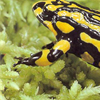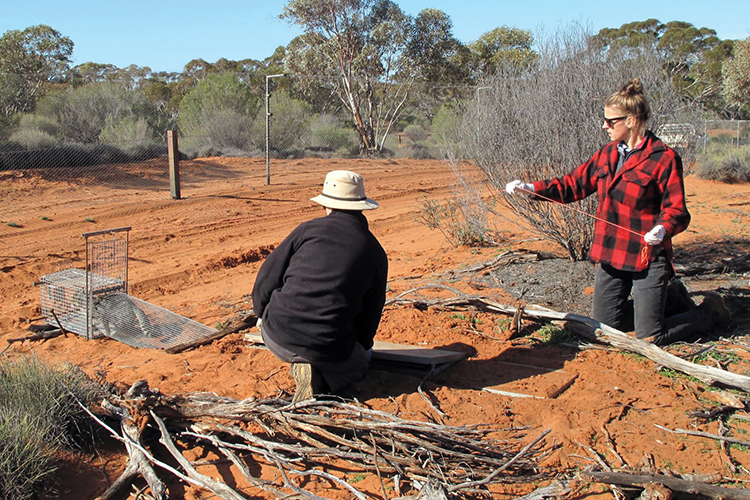
Effective conservation of Australian mammals threatened by cats
Monday, 16 March 2020Australia has many unique small- to medium-sized mammals, which are vulnerable to predation by cats and foxes, two carnivores introduced to the continent with European arrival. For many of these species, effective conservation means heavy or total suppression of cats and/or foxes. Chief Science Officer John Kanowski and Regional Ecologist SW Michael Smith from the Australian Wildlife Conservancy discuss the far-reaching work their team is doing to protect vulnerable mammals from predation by these two introduced predators.
Thirty-seven native mammals have been identified as extremely vulnerable to the introduced predators cats and foxes, and of these, 25 species (i.e., two-thirds) have gone extinct. Another 52 native mammals are ranked as highly vulnerable, and 29 of these species are threatened. For these species even low densities of cats and foxes are a major threat.
Our mission at the Australian Wildlife Conservancy (AWC) is the effective conservation of Australian wildlife and their habitats. We currently manage (alone or in partnership) 29 properties across Australia, with a total area of over 6.5 million ha. Given the difficulty of totally eliminating cats from open and connected landscapes and the high vulnerability of many small- to medium-sized mammals, we have also established a network of introduced predator–free areas (or safe havens), at eight of these properties.
This includes 5000 ha Faure Island in Shark Bay, Western Australia, and seven fenced areas on the mainland, ranging in size from 275 ha to 9500 ha. There are already 15 threatened mammal species in these havens, with another six species to be added to the network in coming years. We are a partner in the Threatened Species Recovery Hub and have been undertaking research on a number of issues important to the conservation of Australian mammals concurrently with our conservation programs. 
Camera trap image of GPS collared feral cat at AWC’s Scotia Wildlife Sanctuary, New South Wales. Image AWC
Improving reintroductions
One area of our research focus has been how to improve outcomes for threatened mammals reintroduced to safe havens. On-ground research has been integrated with reintroductions to our fenced introduced predator-free area (or safe haven) at AWC’s Mt Gibson Wildlife Sanctuary where eight species of threatened mammals have been reintroduced to date, and another two reintroductions are planned for 2020–21.
As the reintroductions occur, AWC ecologists are conducting research on survival, home range, habitat use and population dynamics of reintroduced mammals. For example, we have found that, given the right circumstances, zoo-sourced numbats (Mymrecobius fasciatus) can survive as well as wild-sourced numbats reintroduced to feral predator-free areas.
Successfully establishing secure populations in cat- and fox–free areas is vitally important to prevent the extinctions of many species, but the long-term goal is to also re-establish native species into broader landscapes from which they have been lost. Being able to estimate the density of cats and foxes in the landscape is an important step in achieving this goal, because before we can release animals we need to ensure that cat and fox densities are at or below the levels we think are required to allow reintroduced native mammal populations to survive. 
Fitting a GPS collar to a sedated fox in order to learn more about their spatial patterns of habitat use. Image: Murray Schofield
Movement and density
To address this, a second area of our research has looked at the ecology of cats and foxes, their movements and how to estimate their density in the landscape from remote camera arrays. Most of this work has been undertaken by Dr Andrew Carter and Dr David Roshier at AWC’s Scotia Wildlife Sanctuary in semi-arid western New South Wales.
Since 2015, AWC has been undertaking intensive camera-trap monitoring while catching and tracking cats and foxes, to determine their movements and density, and to refine statistical models. More recently, this work has been applied to examine the responses of cat and fox densities to fox control efforts.
We are also building on this research to better understand the ecology of cats and foxes in other biomes. For the past year, Andrew Carter has worked with other AWC ecologists in the Pilliga forests of central-west New South Wales to catch and track cats and foxes, and measure their density in the landscape – a project that is part of the New South Wales Government “Saving our Species” (SoS) program.
The research is revealing that at both Scotia and the Pilliga forests, many cats are travelling over long distances (tens to hundreds of km), a finding with major implications for attempts to control cats at a local scale. 
Camera trap image of a numbat within Mt Gibson’s cat- and fox-free safe haven. The research found that zoo-sourced numbats fared just as well as wild-sourced numbats in the reintroduction. Image: AWC
Moving “outside the fence”
In 2019–20, AWC will be extending the design and statistical methods developed at Scotia to measure the outcomes of large-scale aerial baiting of foxes and cats at Mt Gibson, ahead of proposed “outside the fence” reintroductions. Dr Michael Smith is leading a team that has established two large grids of camera traps: the first across the 32,000 ha “treatment” grid where baiting will occur, and a second camera grid across a “control” area that will stay unbaited. The team will then measure the density of cats and foxes in both areas before and after bait delivery, to determine the effectiveness of the baiting and the cat and fox densities that are achieved.
Assuming we effectively reduce cat and fox density, AWC will attempt to re-establish populations of the locally extinct western quoll (Dasyurus geoffroii), outside the fenced area. We also hope that, with effective control of introduced predators, some of the mammals reintroduced to the fenced area at Mt Gibson will be able to establish populations in the broader landscape. We know that individuals of several species – woylies (Bettongia penicillata), numbats and red-tailed phascogales (Phascogale calura) can escape over or through the fence, but at present these individuals are highly vulnerable to cat and fox predation once “on the lam”.
In compiling all available monitoring data on threatened mammal populations, the Threatened Mammal Index is demonstrating the extent of the positive contribution that safe havens are making to populations of species vulnerable to cats and foxes. As part of the Threatened Species Recovery Hub, the research of AWC ecologists is making these safe havens even more effective. This new knowledge will also underpin the greater challenge of re-establishing populations of threatened mammal species into open landscapes.
For further information
John Kanowski - John.Kanowski@australianwildlife.org
Michael Smith - Michael.Smith@australianwildlife.org
Further reading
Kanowski, J., Roshier, D., Smith, M., Fleming, A. 2018 Effective conservation of critical weight range mammals: Reintroduction projects of the Australian Wildlife Conservancy. In: Recovering Australian Threatened Species: A Book of Hope (Eds S. Garnett, P. Latch, D. Lindenmayer, J. Woinarski) pp. 269–279. CSIRO, Melbourne.
Smith M.J., Ruykys L., Palmer B., Palmer N., Volck G., Thomasz A., Riessen N. in press, The impact of a fox- and cat-free safe haven on the bird fauna of remnant vegetation in south-western Australia. Restoration Ecology.
Palmer N., Smith M.J., Ruykys L., Jackson C., Volck G., Riessen N., Thomasz A., Moir C., Palmer B. in press, Wild-born versus captive-bred: A comparison of survival and refuge selection by translocated numbats (Myrmecobius fasciatus). Wildlife Research.
Top image: AWC ecologists manoeuvring a feral cat which will be GPS collared. Image: AWC
-

A bettong in the bush is worth…
Monday, 13 March 2017 -
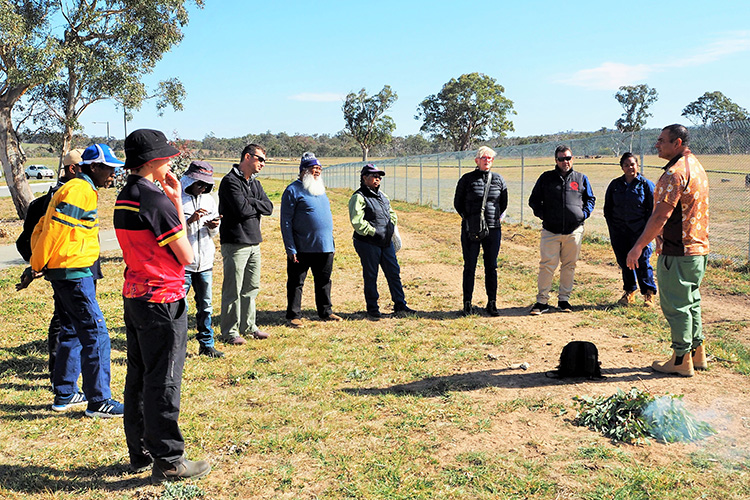
Exploring a haven for Yawuru Country
Tuesday, 26 November 2019 -
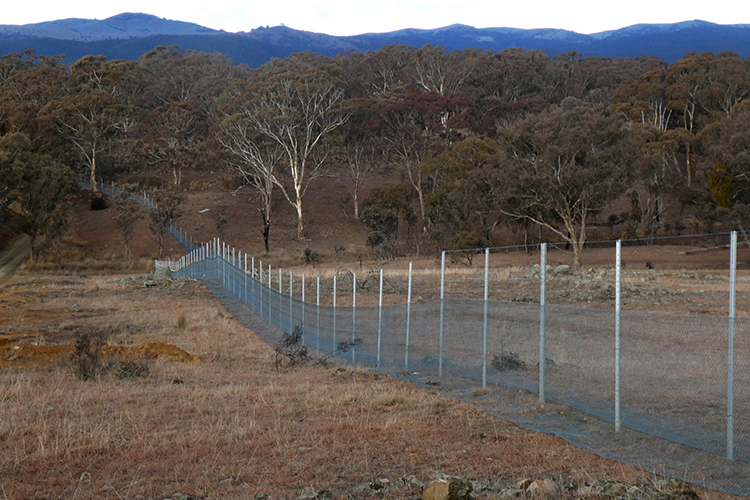
Getting strategic with havens
Thursday, 08 November 2018 -
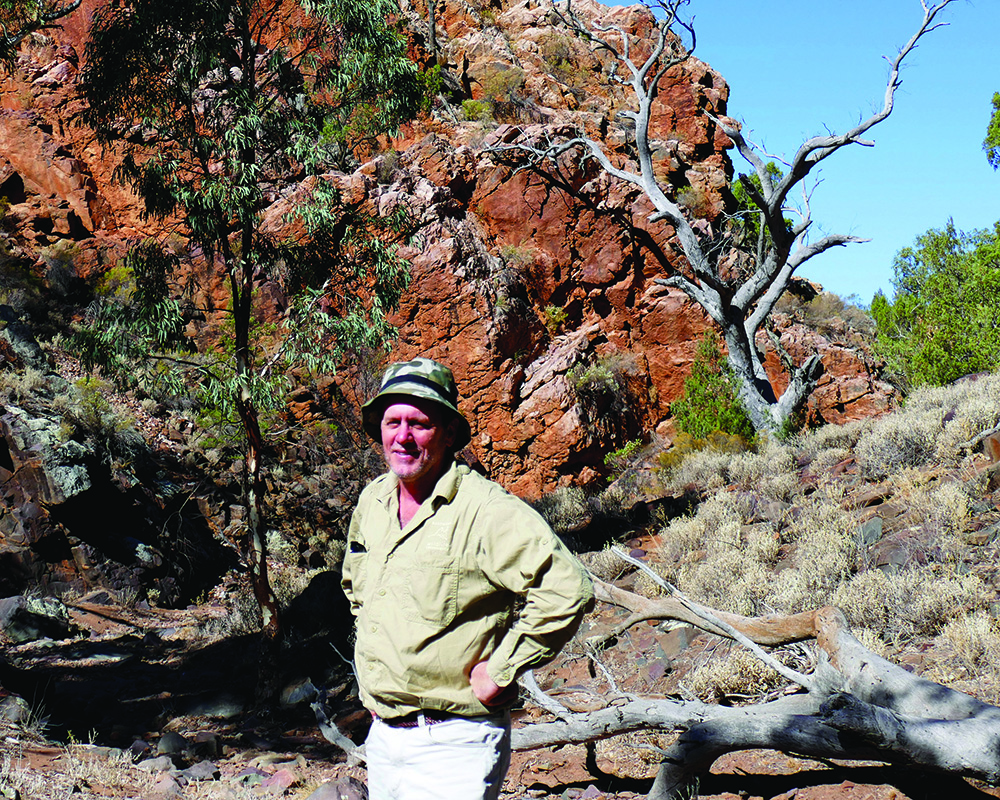
Researcher Profile: John Kanowski, A life in ecology
Monday, 24 September 2018 -

Mammals on ‘arks’
Saturday, 21 October 2017 -
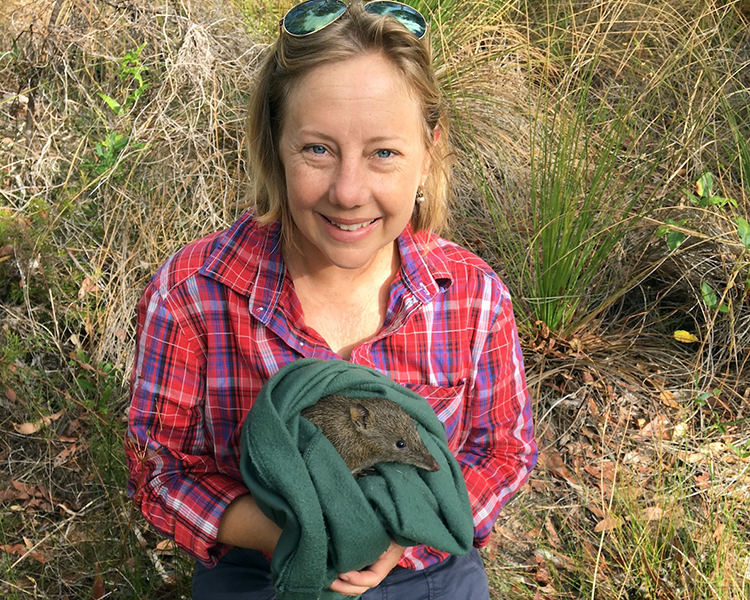
Sustaining life
Monday, 02 October 2017 -
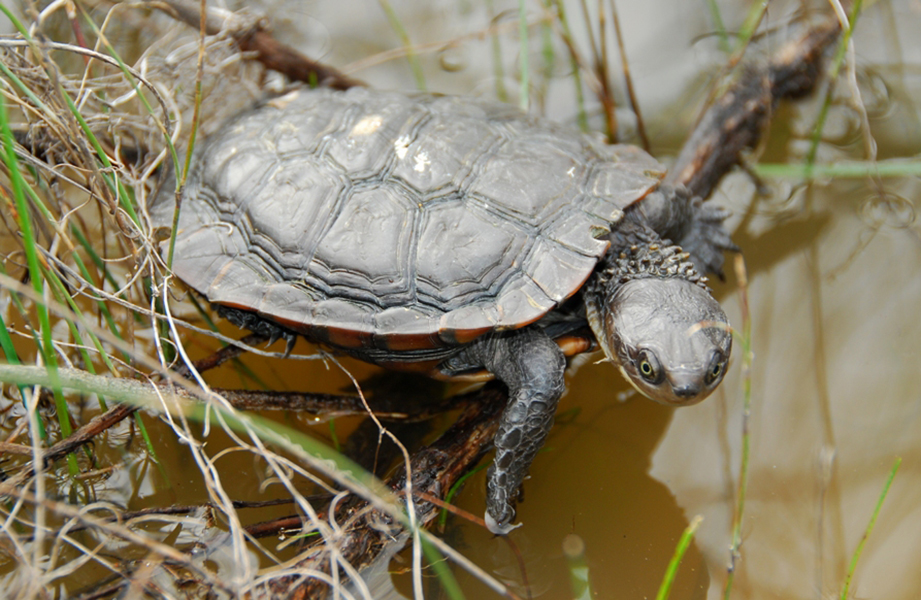
The turtle, the fox & the bandicoot - One problem solved another created
Tuesday, 13 February 2018 -

Western sanctuary, learning from translocations
Monday, 02 October 2017 -
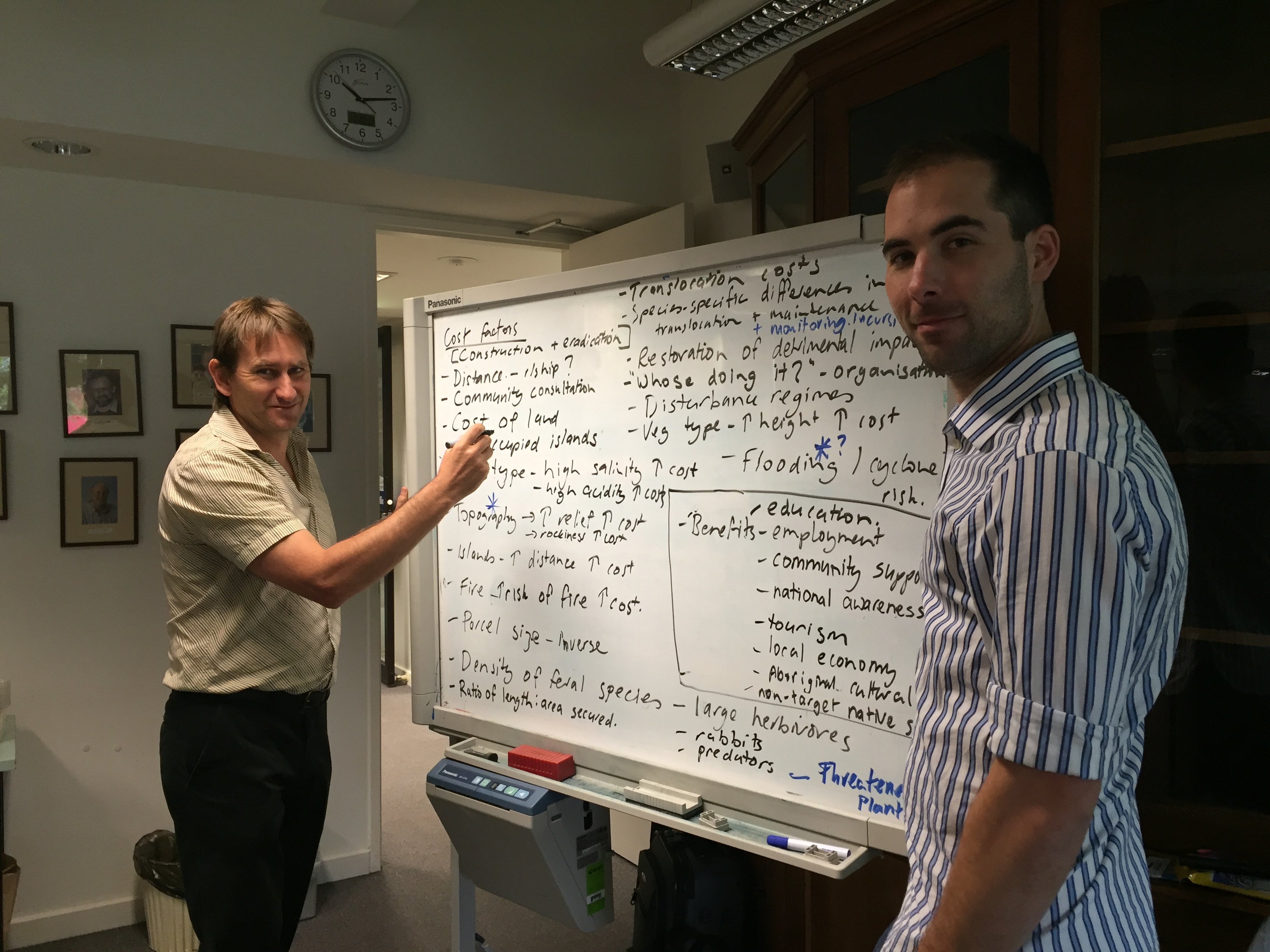
Framework for national safe haven network
Monday, 28 March 2016 -

Species on the move conference
Monday, 28 March 2016 -
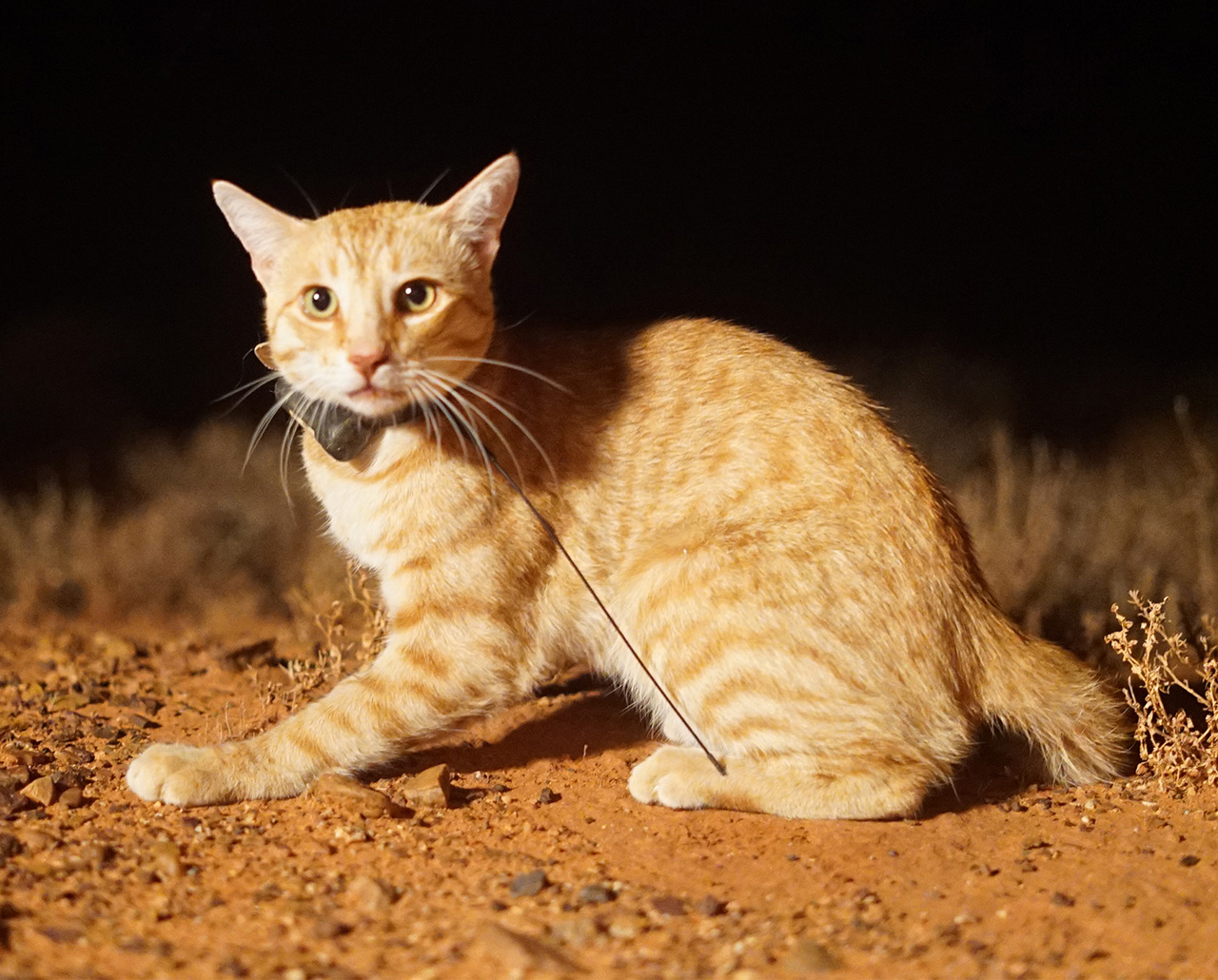
Cat science finalist for Eureka Prize
Monday, 28 September 2020

